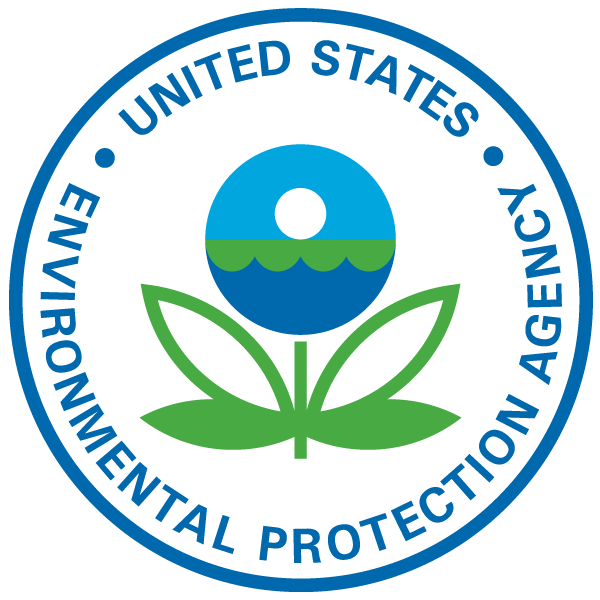Wastewater Management
The federal Clean Water Act prohibits discharge of pollutants into waters of the United States. Since most storm drainage systems on the street empty into lakes, ponds or rivers–without being treated at a chemical plant–allowing polluted discharge from power washing to flow into the storm drains is not legal without a permit from the Environmental Protection Agency (EPA). But EPA-permitted discharges require treatment and analysis of the water. The most common method of compliance with the Clean Water Act is to prevent waste water from discharging into the waters of the United States.
The EPA in Southern California
Our Mission
- All Americans are protected from significant risks to human health and the environment where they live, learn and work.
- National efforts to reduce environmental risk are based on the best available scientific information.
- Federal laws protecting human health and the environment are enforced fairly and effectively.
- Environmental protection is an integral consideration in U.S. policies concerning natural resources, human health, economic growth, energy, transportation, agriculture, industry, and international trade, and these factors are similarly considered in establishing environmental policy.
- All parts of society — communities, individuals, businesses, and state, local and tribal governments — have access to accurate information sufficient to effectively participate in managing human health and environmental risks.
- Environmental protection contributes to making our communities and ecosystems diverse, sustainable and economically productive.
- The United States plays a leadership role in working with other nations to protect the global environment.


The EPA in Southern California
When Congress writes an environmental law, we implement it by writing regulations. Often, we set national standards that states and tribes enforce through their own regulations. If they fail to meet the national standards, we can help them. We also enforce our regulations, and help companies understand the requirements.
At laboratories located throughout the nation, we identify and try to solve environmental problems. To learn even more, we share information with other countries, private sector organizations, academic institutions, and other agencies.
